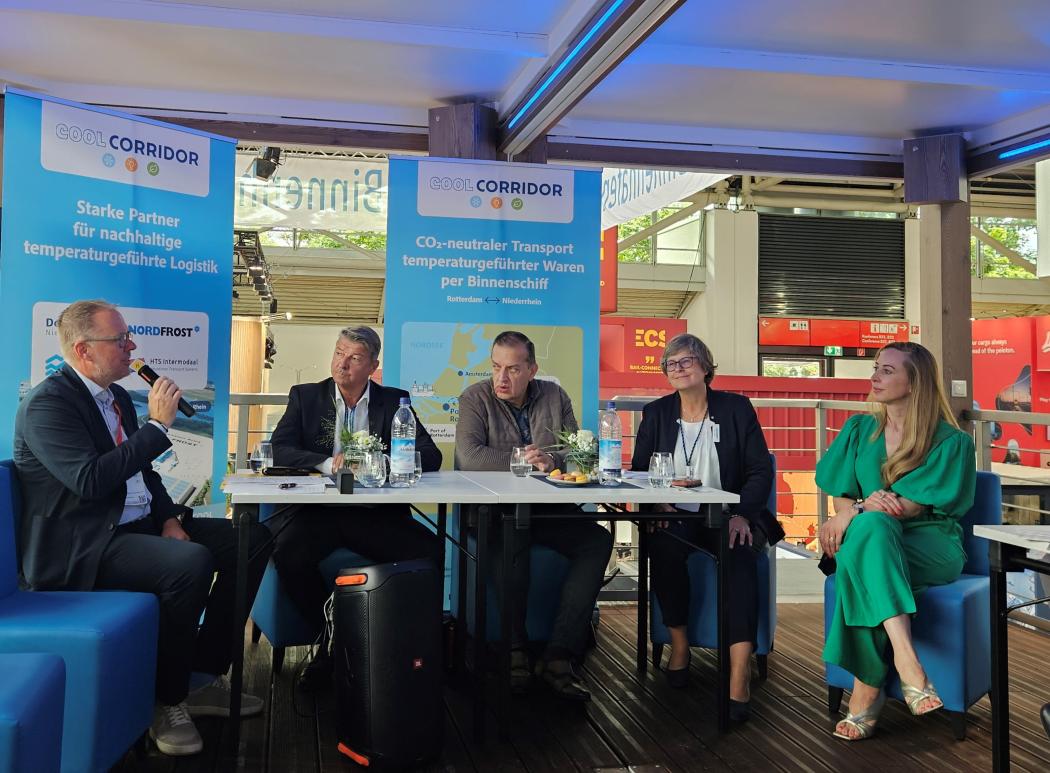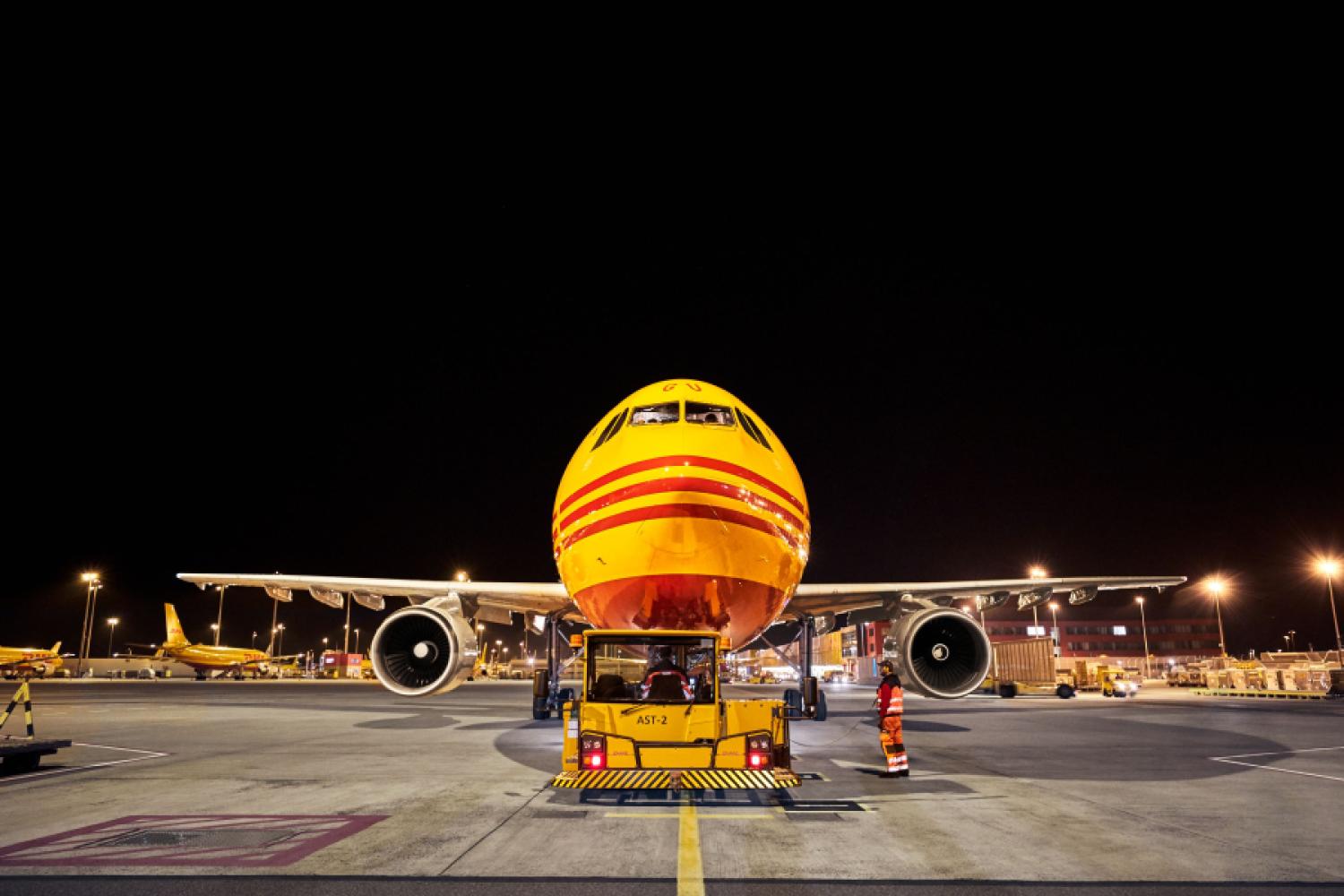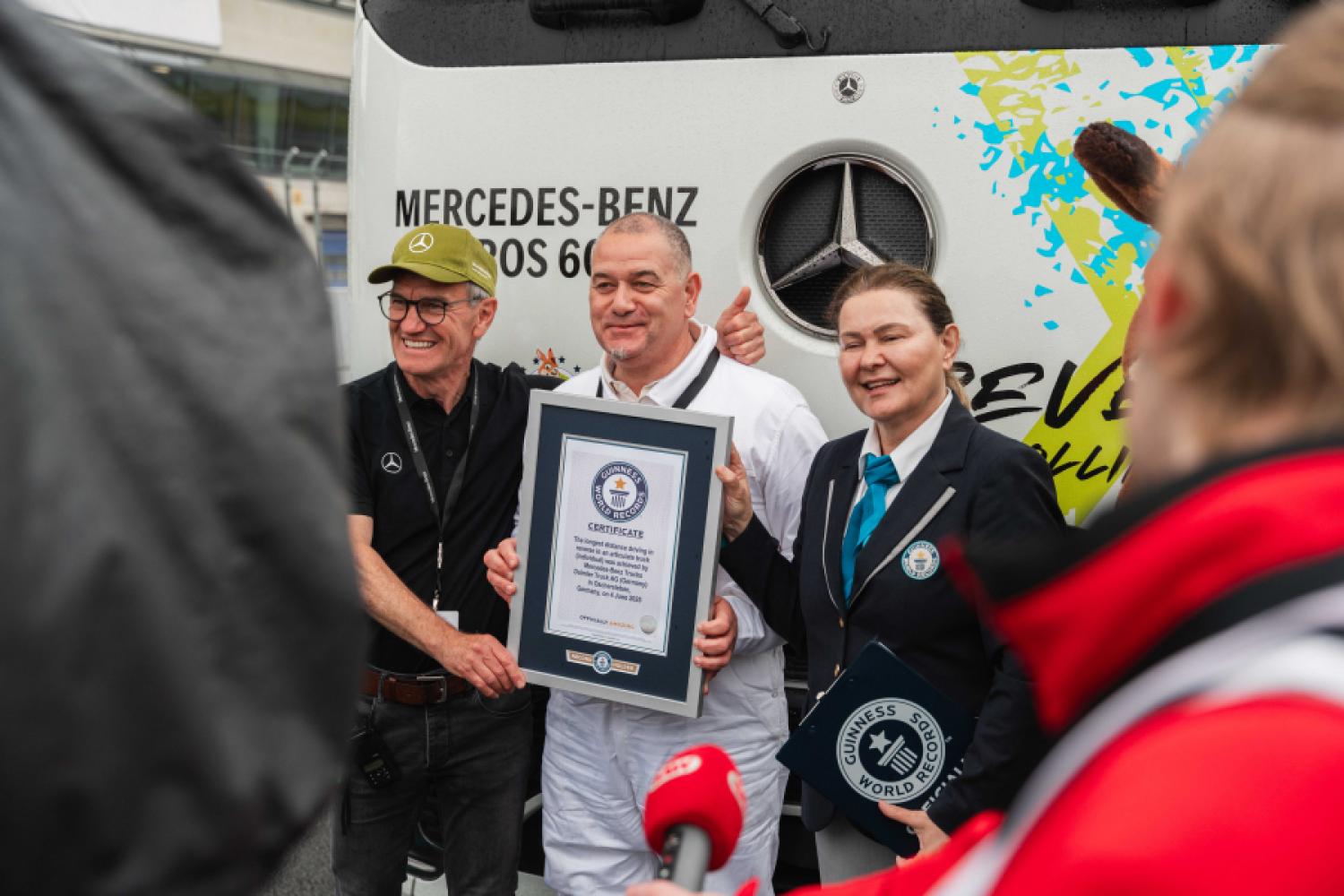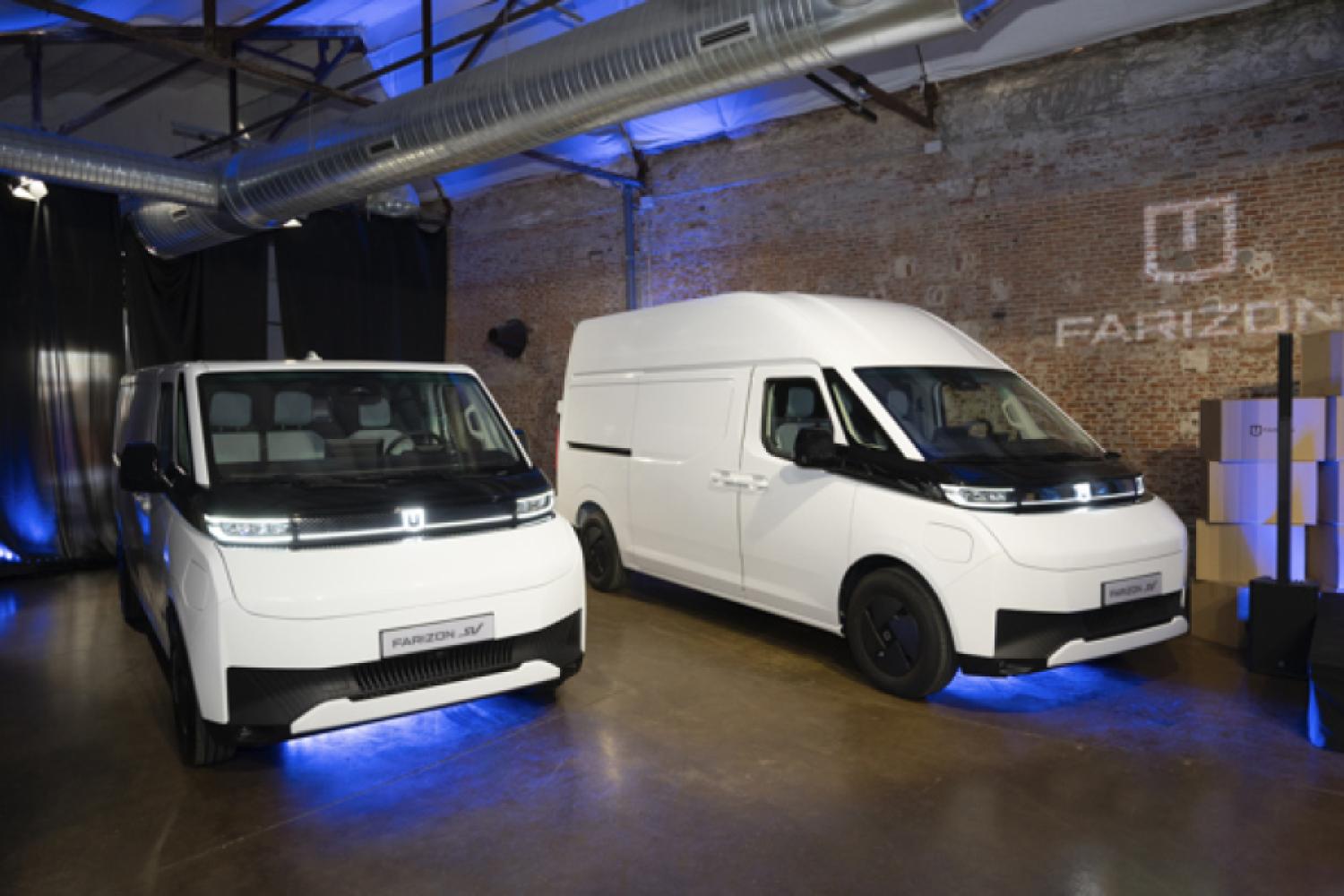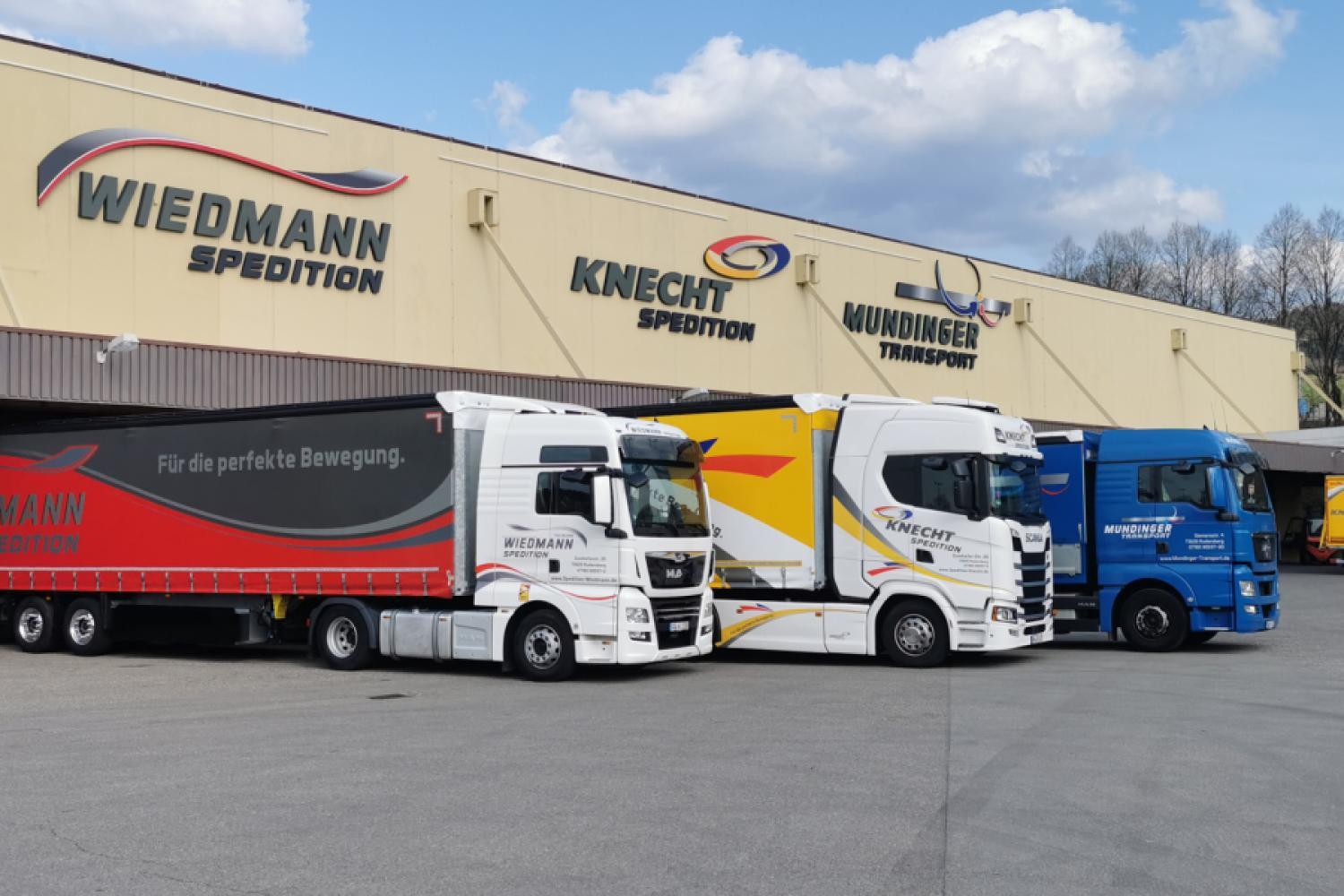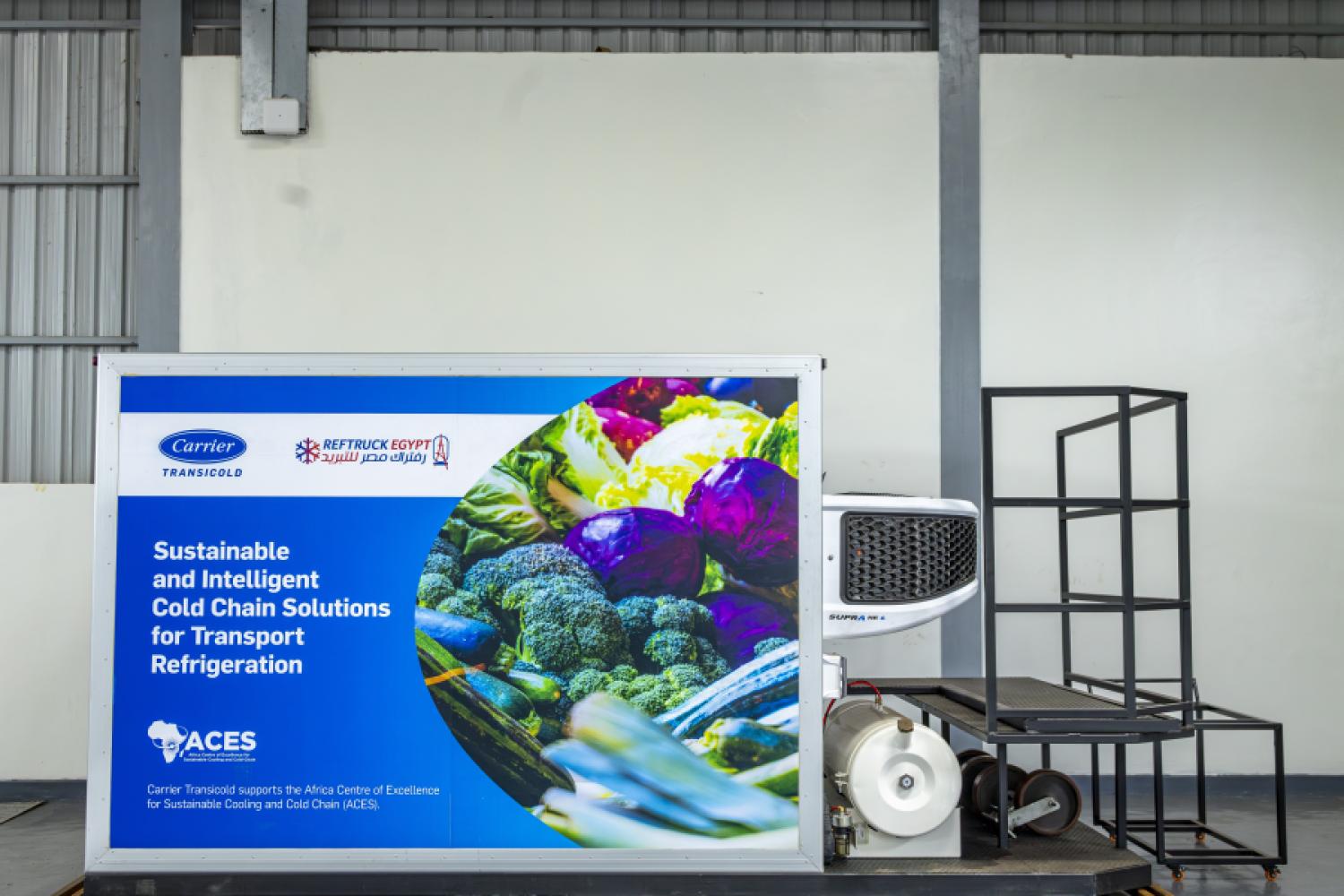The cooperative project “Cool Corridor” aims to shift reefer containers from trucks to inland vessels for transport to the hinterland. In a panel discussion at the transport logistic trade fair in Munich on June 3, the participants presented the joint project and the intended positive effects on people and the environment. The “Cool Corridor” involves the DeltaPort Niederrheinhäfen, the Port of Rotterdam, the frozen logistics company Nordfrost, and the HTS-Group as the operator of the "Letitia," the first newly built H2-powered inland ship.
Temperature-controlled logistics is essential for supplying people with food. At the same time, the demands for CO2-friendly transport are growing, especially in this segment of logistics. “We need to shift the flow of goods from the road to the more climate-friendly transport routes of water and rail,” said Andreas Stolte, Managing Director of DeltaPort ports, at the start of the panel discussion at the transport logistic. The port association, which includes the Wesel city port, the Rhein-Lippe port Wesel, and the Voerde-Emmelsum port, has joined forces with the Emmerich port and the NIAG port in Rheinberg-Orsoy to form the DeltaPort Niederrheinhäfen. Together, the port association is advancing many projects for a climate-friendly transformation of logistics.
Break the usual transport chain
Stolte came up with the idea for the flagship project “Cool Corridor.” The CO2-neutral transport route connects Europe's largest seaport, Rotterdam, with the ports on the Lower Rhine and aims to ensure that temperature-controlled fresh goods are
transported to consumers as climate-friendly as possible. Previously, temperature-controlled containers landing in Rotterdam by sea had to be unloaded at cooling centers in the seaport and then transported by refrigerated trucks over the road to their destination in the hinterland. But this route is costly and very harmful to the climate. “We wanted to break through this previously common supply chain and optimize it from an ecological point of view by having reefer containers transported into the hinterland by inland shipping in the future,” explained Stolte. “I am firmly convinced that with the 'Cool Corridor,' we can make a significant contribution to the transport transformation and emissions reduction.”
The other project participants share this belief. Hanna Stelzel, Director of the Container Sector at the Port of Rotterdam, initially emphasized that over 75 percent of all goods handled in Rotterdam are not consumer goods from overseas, but rather products or food necessary for production for the population. Accordingly, the port is vital for supplying Europe. And it is therefore important to design the logistical chain as climate-friendly as possible. Hanna Stelzel described the advantages of the "Cool Corridor" from a port perspective: Long dwell times of reefer containers in the port of Rotterdam would be avoided. Shorter congestion times and an improved modal split are further major benefits.
Implement innovative concepts together
Stelzel praised the cooperation with DeltaPort and the other project participants: “Innovative concepts that have such a significant added
value for the climate and society can only be implemented together. The close cooperation between public and private actors and cross-border collaboration are particularly crucial for the success of such projects.”
Through a smarter and more efficient design of the inspection processes, a speedy clearance of refrigerated containers is ensured. This avoids unnecessary measures, allowing the containers to be transported to the hinterland by inland ship without any problems. She added: “As the Port of Rotterdam, we work closely with the economy and the inspection authorities to achieve these efficiency improvements and further optimize the modal-split use for refrigerated containers.”
Central role for hydrogen-powered inland vessel Letitia
Critical for the CO2-neutral transport in the “Cool Corridor” is the hydrogen-powered inland vessel Letitia, which transports the containers from Rotterdam to the Lower Rhine. It is operated by the HTS Group. Henk Heuvelman, a representative of the HTS Group, presented the ship and its technical specifications. The basis for smooth sailing of the ship are hydrogen-filled containers, so-called “H2TankTainers,” with which the Letitia is fueled. Six countries and more than 40 partners from the public and private sectors were involved in developing the ship. “Hydrogen-powered inland navigation has a great future in Europe. Projects like the 'Cool Corridor' show how we can restructure logistics chains to save CO2,” said Henk Heuvelman.
The food handled in Rotterdam reaches the Rhein-Lippe port Wesel by waterway. The frozen logistics company Nordfrost has established itself there
and operates a 26,500 square meter multi-temperature cold storage with storage capacities in all temperature ranges for frozen, fresh, ambient, and dry goods. Nordfrost also manages the terminal's operation, with the loading and unloading of inland vessels. Nordfrost was immediately convinced by the “Cool Corridor” concept, which allows it to very effectively pursue its corporate goal of acting sustainably and climate-friendly and developing corresponding concepts for shippers.
Reduce road traffic on the last mile
“By using the 'Cool Corridor,' we optimize the flow of goods, reduce road traffic on the last mile, and relieve the environment regarding CO2," said Britta Bartels, managing partner of Nordfrost. In addition, empty runs can be avoided because the port terminal bundles all relevant services in one place with access by water. Britta Bartels reported on the successful startup of the cold storage directly on the terminal – thus emphasizing that the flagship project “Cool Corridor” is in motion and is constantly being examined for further possible improvements.
In the subsequent discussion, moderated by Gunnar Platz from Planco Consulting GmbH, the role of the “Cool Corridor” in the currently so uncertain global political situation was explored. Delivery security, resilience, and sustainable and climate-friendly supply of the population with food: These were the key terms that kept coming up. “Only through cross-border and trust-based cooperation and the courage of all involved to explore new paths can we master the major challenges for society and the environment,”
